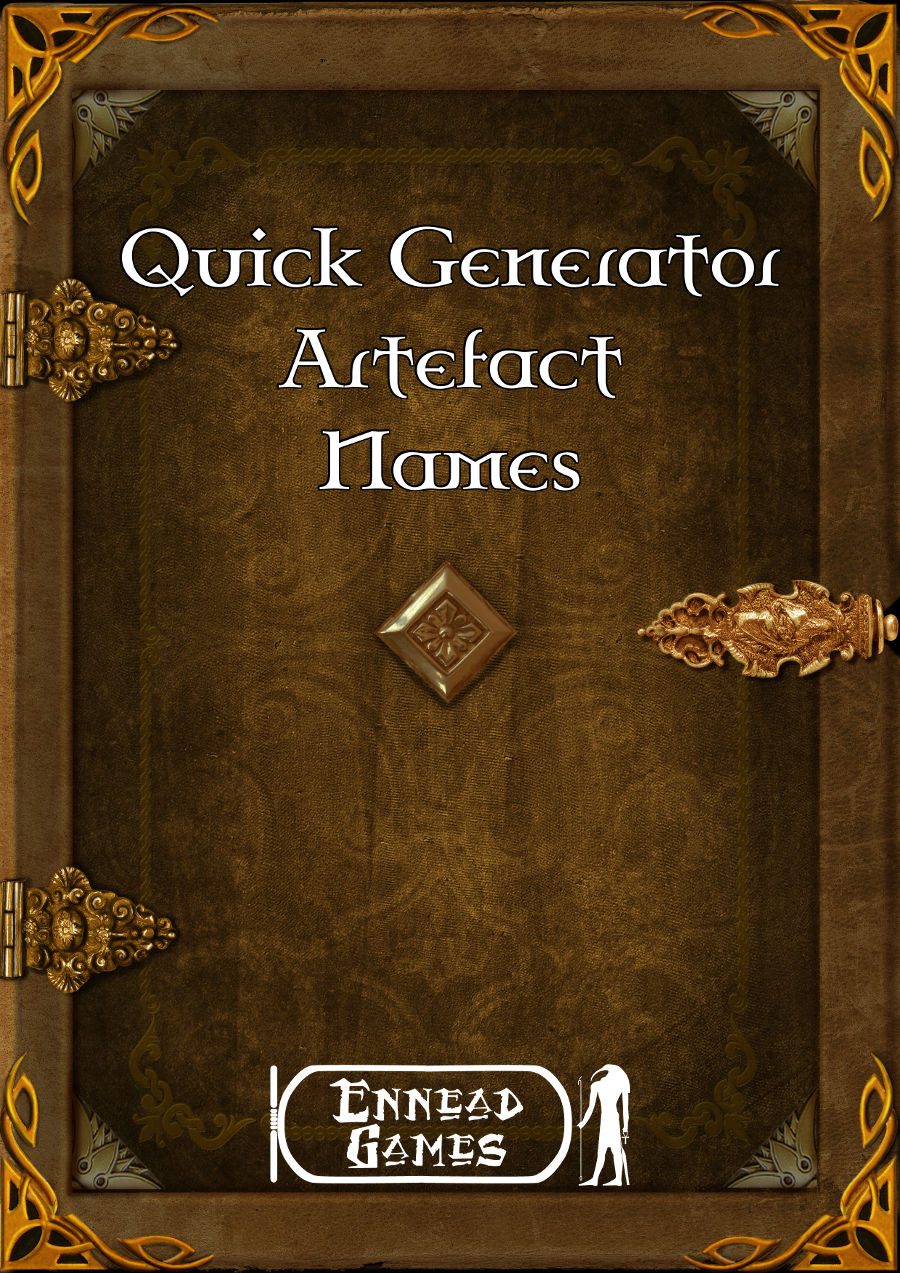With sci-fi games apparently having a resurgence lately I thought I’d cover some of the types of FTL system you might end up using in your chronicles. This is not a list of all of the types of faster-than-light (FTL) systems out there, just the ones I know and are at least a tiny bit familiar with. This also assumes you have a game that requires the use of an FTL system in the first place as not every setting needs or justifies one. Lastly, whilst I won’t be naming where the systems come from, see if you can figure out where they originated from, some will be easier than others.
- Tachyon Drive – A tachyon is a particle that, theoretically, travels faster than light. Tachyons have the strange properties that, when they lose energy, they gain speed. Consequently, when tachyons gain energy, they slow down. The slowest speed possible for tachyons is the speed of light. Taking advantage of this means that IF you can make a TD work, the hardest part of using it, is stopping it.
- Warp Space – Also known as an Alcubierre drive ,the warp drive works by generating warp fields to form a subspace bubble that enveloped the starship, distorting the local spacetime continuum and moving the starship at velocities that could greatly exceed the speed of light.
- Hyperdrive – The hyperdrive works on the principle that nothing can travel faster than light….in this universe. The hyperdrive allows the vessel to punch its way into another universe, one that is very close to or could be thought of as being “on top of” this one. In the hyper dimension, space is compressed when compared to this one. 1 mile in hyperspace might equal 1000 miles in “real-space”. When you get to your destination you pop back into real space. This jumping between dimensions can be done via pre-set gates or on demand, for vessels with advanced enough technology. These hyper-dimensions can vary in their quality, from lifeless realms to places others might justifiably call hell.
- Jump Drives – A jump drive, essentially, teleports you from one location to another. Exactly how this is done varies, some go via a form of hyperspace, others truly teleport.
- Space Folding – Why go the mountain, when you can make the mountain come to you? The idea behind space-folding is you don’t move, you make the universe move for you. Two points in space, millions of miles apart are “grabbed” and brought together. You then move your ship to the other location and “let go” of the grabbed space. You are now on the other side of the universe in the blink of an eye.
What other FTL systems do you know of from fiction or tv/movies?
3 thoughts on “Five types of FTL systems”
Comments are closed.




Couple of things I thought of that relate to these methods.
You can have a derivative of the jump drive where the jumping happens at a specified location, typically called a gate. Think Mass Effect or EVE Online.
You can also have subspace travel, & it’s various derivatives. While close to the hyperspace type of travel, subspace is depicted in a wide variety of ways. There’s the Warp from Warhammer 40K, the weird tendrils thing I can’t remember the name of in Andromeda, something just called subspace in Freespace & Freespace 2.
I did think of those but didn’t want to go into too much, was planning on doing a part two later ;). IIRC the tendrils were called “Slipstream” for Andromeda. I did sort of cover the jump-gates and the Warp from 40k under hyperdrive, but I suppose that there will always be methods that won’t be covered.